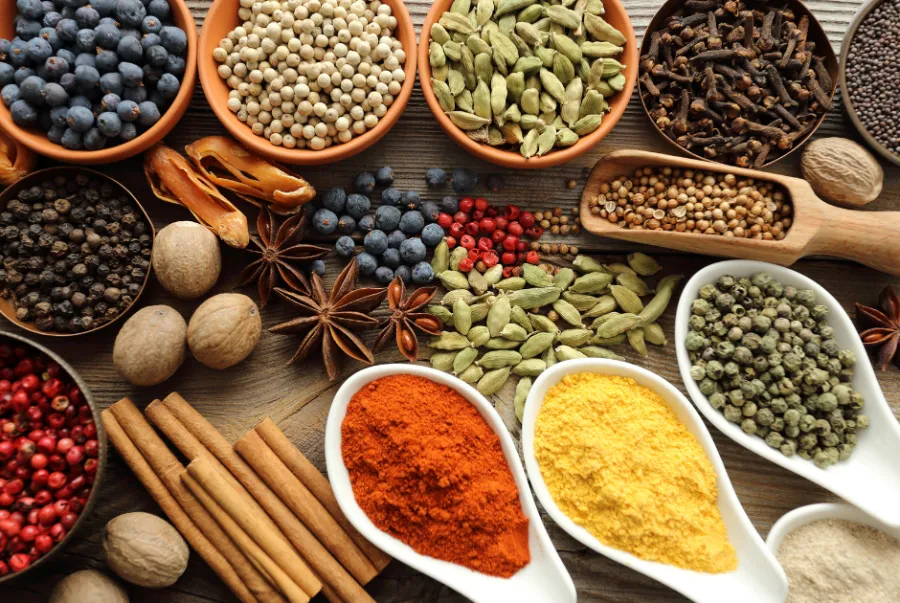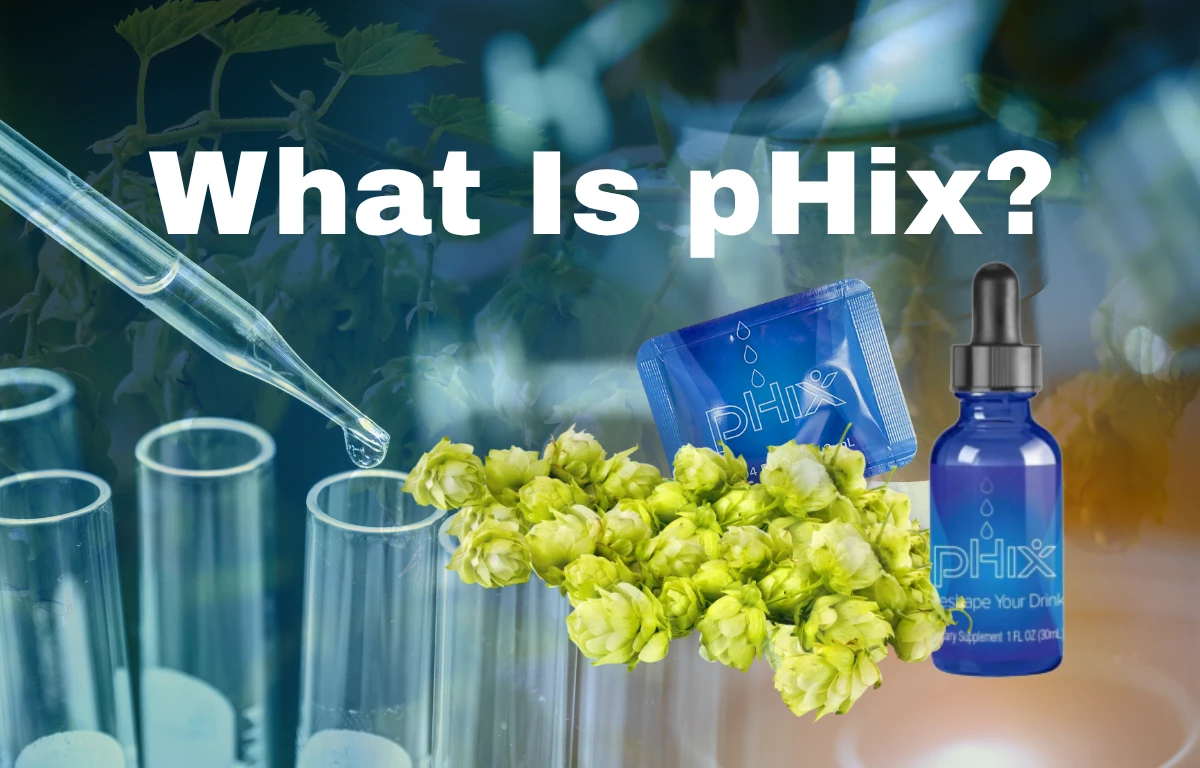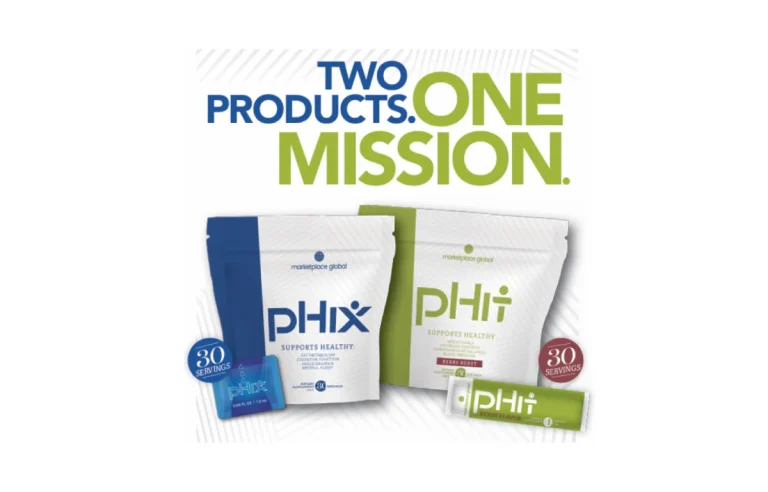Book A Call Now

The Power of an Anti-Inflammatory Diet
In the quest for optimal well-being, we often focus on physical fitness, but we shouldn’t overlook the essential connection between what we eat and how we feel. A diet rich in anti-inflammatory foods offers a multifaceted approach to improving our mental health, gut health, and overall physical well-being. In this blog post, we’ll explore the profound impact of an anti-inflammatory diet on these aspects of our health.
Before we dive into the benefits of an anti-inflammatory diet, let’s clarify what inflammation is. Inflammation is a natural response by our immune system to protect the body from infection and injury. However, when this response becomes chronic, it can lead to various health issues, including mental health problems, gut disorders, and physical ailments.
1. Mental Health and the Anti-Inflammatory Diet
Our mental health is intricately linked to the food we consume. An anti-inflammatory diet has been shown to have a positive impact on mood, stress levels, and cognitive function. Here’s how:
a. Reducing Risk of Depression: Chronic inflammation is associated with an increased risk of depression. An anti-inflammatory diet, rich in antioxidants and omega-3 fatty acids, can help reduce this risk.
b. Managing Stress: Stress can lead to inflammation, which in turn affects mental health. Foods like leafy greens, berries, and fatty fish are known to combat stress and reduce inflammation.
c. Enhanced Brain Health: Nutrient-dense foods in an anti-inflammatory diet, such as walnuts, turmeric, and dark chocolate, support brain health and cognitive function, potentially reducing the risk of neurodegenerative diseases.
2. Gut Health and the Anti-Inflammatory Diet
A healthy gut is the foundation of overall well-being. An anti-inflammatory diet plays a crucial role in maintaining gut health and preventing digestive disorders:
a. Balancing Gut Microbiota: The foods in an anti-inflammatory diet, like high-fiber vegetables and fermented foods, promote a diverse and balanced gut microbiome, reducing the risk of gastrointestinal issues.
b. Reduced Inflammatory Bowel Diseases (IBD): Inflammatory bowel diseases, such as Crohn’s disease and ulcerative colitis, are associated with chronic inflammation. An anti-inflammatory diet can help manage these conditions and reduce flare-ups.
c. Improved Nutrient Absorption: A healthy gut is essential for optimal nutrient absorption, which is crucial for overall physical health and mental well-being.
3. Physical Health and the Anti-Inflammatory Diet
An anti-inflammatory diet can have a transformative effect on physical health:
a. Weight Management: Obesity and chronic inflammation often go hand in hand. Adopting an anti-inflammatory diet can support weight loss and maintenance.
b. Lowering Risk of Chronic Diseases: Chronic inflammation is a precursor to many chronic diseases, including heart disease, diabetes, and cancer. Anti-inflammatory foods help reduce this risk.
c. Enhanced Immune System: A diet rich in anti-inflammatory foods strengthens the immune system, making the body more resilient against infections.
The power of an anti-inflammatory diet in improving mental health, gut health, and physical well-being cannot be overstated. By choosing a diet that focuses on whole, nutrient-dense foods while avoiding processed and inflammatory options, we can proactively take charge of our health and lead a more vibrant and fulfilling life.
While adopting an anti-inflammatory diet is a significant step, it’s important to remember that a holistic approach to health also involves regular exercise, stress management, and adequate sleep. A healthcare professional or nutritionist can provide personalized guidance and ensure that your diet aligns with your specific needs and goals.
In the end, the choices we make at the dinner table have a profound impact not only on our waistlines but on our mental and physical well-being. It’s time to embrace the power of an anti-inflammatory diet and take a proactive approach to our health for a brighter and healthier future.
Here’s a simple and delicious anti-inflammatory recipe for a Turmeric and Ginger Roasted Vegetable Bowl. Turmeric and ginger are known for their anti-inflammatory properties, making this dish both healthy and flavourful.
Turmeric and Ginger Roasted Vegetable Bowl
Ingredients:
For the Roasted Vegetables:
- 4 cups of mixed vegetables (e.g., sweet potatoes, bell peppers, broccoli, and carrots), cut into bite-sized pieces
- 2 tablespoons of olive oil
- 1 teaspoon of ground turmeric
- 1 teaspoon of ground ginger
- Salt and pepper to taste
For the Quinoa:
- 1 cup of quinoa
- 2 cups of water or vegetable broth
- 1/2 teaspoon of ground turmeric
- 1/2 teaspoon of ground ginger
- Salt to taste
For the Turmeric-Ginger Dressing:
- 3 tablespoons of olive oil
- 1 tablespoon of lemon juice
- 1 teaspoon of ground turmeric
- 1 teaspoon of ground ginger
- 1 clove of garlic, minced
- Salt and pepper to taste
For Garnish:
- Fresh cilantro or parsley, chopped
- Sliced avocado
Instructions:
- Preheat your oven to 425°F (220°C).
- In a large bowl, combine the olive oil, ground turmeric, ground ginger, salt, and pepper. Add the mixed vegetables and toss to coat them evenly with the spice mixture.
- Spread the seasoned vegetables in a single layer on a baking sheet and roast in the preheated oven for 20-25 minutes, or until they are tender and slightly crispy on the edges. Stir them once or twice during cooking to ensure even roasting.
- While the vegetables are roasting, prepare the quinoa. Rinse the quinoa under cold water and drain. In a saucepan, combine the quinoa, water or vegetable broth, ground turmeric, ground ginger, and a pinch of salt. Bring to a boil, then reduce the heat, cover, and simmer for about 15 minutes or until the quinoa is cooked and the liquid is absorbed.
- In a small bowl, whisk together the olive oil, lemon juice, ground turmeric, ground ginger, minced garlic, salt, and pepper to create the turmeric-ginger dressing.
- Once the vegetables are done roasting and the quinoa is cooked, assemble your bowls. Divide the cooked quinoa among serving bowls and top with the roasted vegetables.
- Drizzle the turmeric-ginger dressing over the vegetables and quinoa.
- Garnish the bowls with fresh cilantro or parsley and sliced avocado.
This Turmeric and Ginger Roasted Vegetable Bowl is not only a feast for your taste buds but also a nourishing and anti-inflammatory meal for your body. Enjoy the vibrant colours and flavours while knowing that you’re supporting your health with each bite!




